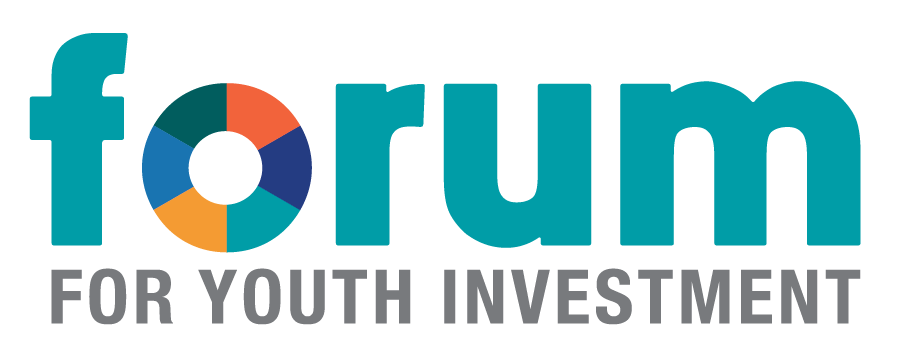3 Policy Solutions to Increase Positive Youth Workforce Outcomes
February 7, 2024
As policymakers at the federal and state levels work to keep unemployment numbers well-below pandemic levels, we explore three ways to achieve better workforce outcomes for youth.
What Equitable Quality Improvement Systems and Star Trek Have in Common
February 7, 2024
What do Star Trek, musicals, and building equitable programs have in common? As it turns out, quite a bit! Drawing inspiration from the Star Trek Strange New Worlds' musical episode, this synthesis explores the parallels between the collaborative approach taken in creating a musical within the Star Trek universe and the principles employed in our Framework for Equitable Quality Improvement Systems.
